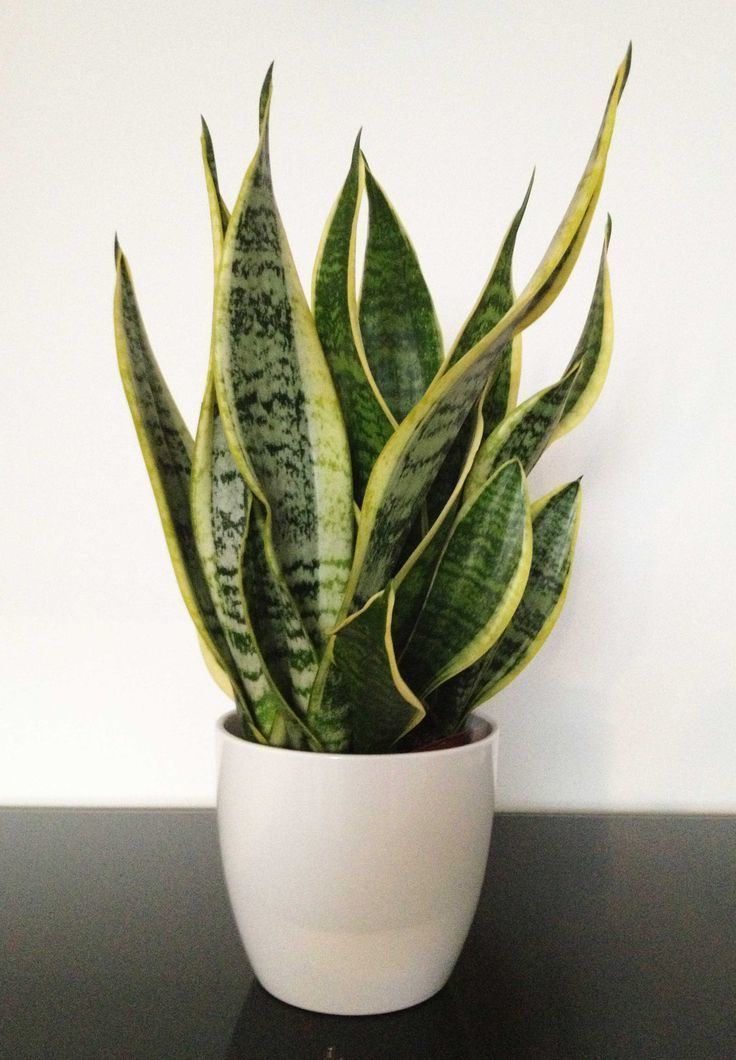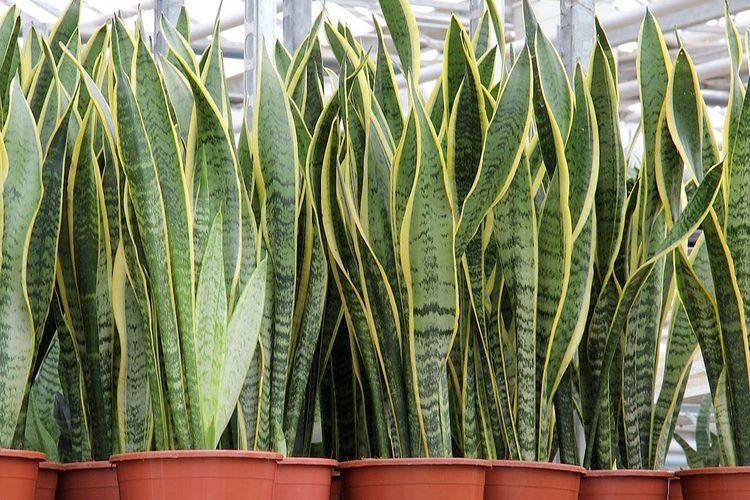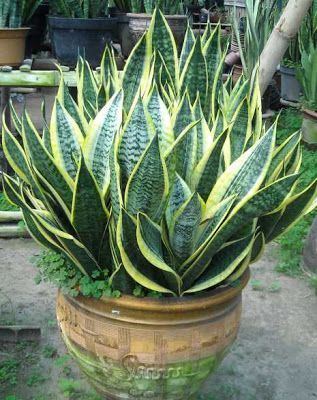Kingdom Plantae Clade Monocots Family Asparagaceae Scientific name Sansevieria trifasciata Rank Species | Clade Angiosperms Order Asparagales Subfamily Nolinoideae Higher classification Sansevieria | |
 | ||
Similar Chlorophytum comosum, Peace lily, Devil's ivy, Dracaena, Philodendron | ||
How to propagate snake plant sansevieria trifasciata
Sansevieria trifasciata is a species of flowering plant in the family Asparagaceae, native to tropical West Africa from Nigeria east to the Congo. It is most commonly known as the snake plant, mother-in-law's tongue, and viper's bowstring hemp, among other names.
Contents
- How to propagate snake plant sansevieria trifasciata
- Sansevieria trifasciata bogenhanf snake plant
- Description
- Common names
- Cultivation and uses
- Cultural significance
- References

Sansevieria trifasciata bogenhanf snake plant
Description

It is an evergreen perennial plant forming dense stands, spreading by way of its creeping rhizome, which is sometimes above ground, sometimes underground. Its stiff leaves grow vertically from a basal rosette. Mature leaves are dark green with light gray-green cross-banding and usually range between 70–90 centimetres (28–35 in) long and 5–6 centimetres (2.0–2.4 in) wide.
The specific epithet trifasciata means "three bundles".
Common names

Sansevieria trifasciata is commonly called "mother-in-law's tongue" or "snake plant", because of the shape and sharp margins of its leaves. It is also known as the "viper's bowstring hemp", because it is one of the sources for plant fibers used to make bowstrings.

In Eurasia, it is known as hǔwěilán (虎尾兰, "tiger's tail orchid") in China; tora no o (とらのお, "tiger's tail") in Japan; and paşa kılıcı ("pasha's sword") in Turkey. In South America, it is known as espada de São Jorge ("sword of Saint George") in Brazil. In Europe, in The Netherlands and Flanders (Belgium) to be exact, the plant is also known as "vrouwentong" (women's tongue).
Cultivation and uses

Like some other members of its genus, S. trifasciata yields bowstring hemp, a strong plant fiber once used to make bowstrings.

It is now used predominantly as an ornamental plant, outdoors in warmer climates, and indoors as a houseplant in cooler climates. It is popular as a houseplant because it is tolerant of low light levels and irregular watering; during winter it needs only one watering every couple of months. It will rot easily if overwatered.
The NASA Clean Air Study found S. trifasciata has air purification qualities, removing 4 of the 5 main toxins. By using the crassulacean acid metabolism process, it is one of the few plants which also remove carbon dioxide and produce oxygen at night.
Numerous cultivars have been selected, many of them for variegated foliage with yellow or silvery-white stripes on the leaf margins. Popular cultivars include 'Compacta', 'Goldiana', 'Hahnii', 'Laurentii', 'Silbersee', and 'Silver Hahnii'. 'Hahnii' was discovered in 1939 by William W. Smith, Jr. in the Crescent Nursery Company, New Orleans, Louisiana. The 1941 patent was assigned to Sylvan Frank Hahn, Pittsburgh, Pennsylvania.
The variety S. trifasciata var. laurentii and the cultivar 'Bantel's Sensation' have both gained the Royal Horticultural Society's Award of Garden Merit.
It can be propagated by cuttings or by dividing the rhizome. The first method has the disadvantage that the variegation will be lost.
S. trifasciata is considered by some authorities as a potential weed in Australia, although widely used as an ornamental, in both the tropics outdoors in both pots and garden beds and as an indoor plant in temperate areas.
The plant contains saponins which are mildly toxic to dogs and cats and can lead to gastrointestinal upset if consumed.
Cultural significance
In its native range in Africa, a yellow-tipped cultivar is associated with Oya, the female orisha of storms. In Nigeria it is commonly linked with Ogoun, the Orisha of war, and is used in rituals to remove the evil eye. In Brazil its common name espada de São Jorge links it to Saint George, whom by syncretism is also associated with Ogoun.
